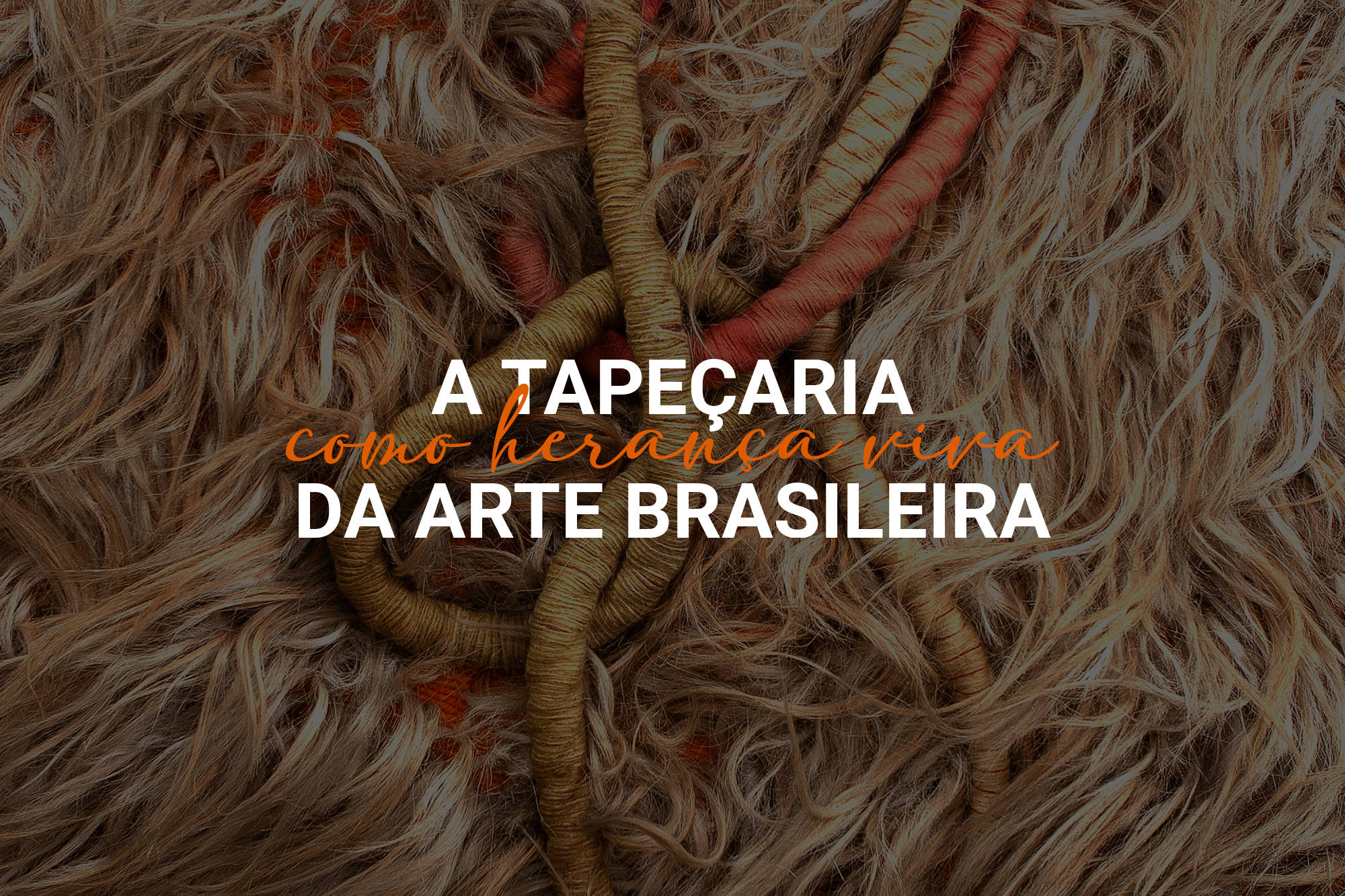ARPA 2025
ArPa 2025
GALERIA FRENTE AT ARPA 2025
TAPESTRY AS A LIVING HERITAGE OF BRAZILIAN ART
Galeria Frente is pleased to present, at the 2025 edition of the Arpa Fair, an emblematic encounter between two central figures in Brazilian artistic tapestry: Genaro de Carvalho and Norberto Nicola. Both artists transformed textile making into an authentic expression of Brazil's visual identity, each in their own way, with distinct trajectories, yet converging in the artistic, symbolic, and sensorial power of their works.
Genaro de Carvalho, a pioneer of modern tapestry in Bahia, was one of the first Brazilian artists to recognize the expressive power of thread as an autonomous artistic language. Inspired by the European avant-garde and deeply connected to the colors, shapes, and rhythms of Northeastern popular culture, Genaro created a vibrant, tropical, and sophisticated tapestry, in which elements such as flowers, birds, and fishing nets become visual manifestations of modern Brazilianness. His production, although interrupted prematurely, remains an unquestionable reference of Brazilian modern art.
Norberto Nicola, in turn, is one of the people largely responsible for the consolidation of tapestry as a contemporary language in Brazil. His career spans more than five decades, marked by experimentation with natural fibers, the three-dimensionality of his works, and intense symbolic research into indigenous feather art and the country's ancestral cultures. Nicola not only innovated technically, bringing tapestry closer to sculpture and installation, but also acted as a curator, organizer, and activator of artistic networks, being a key figure in the creation of the São Paulo Tapestry Triennials.
By bringing together works by these two masters, Galeria Frente reaffirms its commitment to the appreciation of Brazilian textile art, understanding it as a fertile field of memory, invention, and identity. At Arpa 2025, Genaro and Nicola's tapestries reveal not only individual trajectories of excellence, but also a collective history of art in Brazil, between modern gesture and the strength of traditions.





